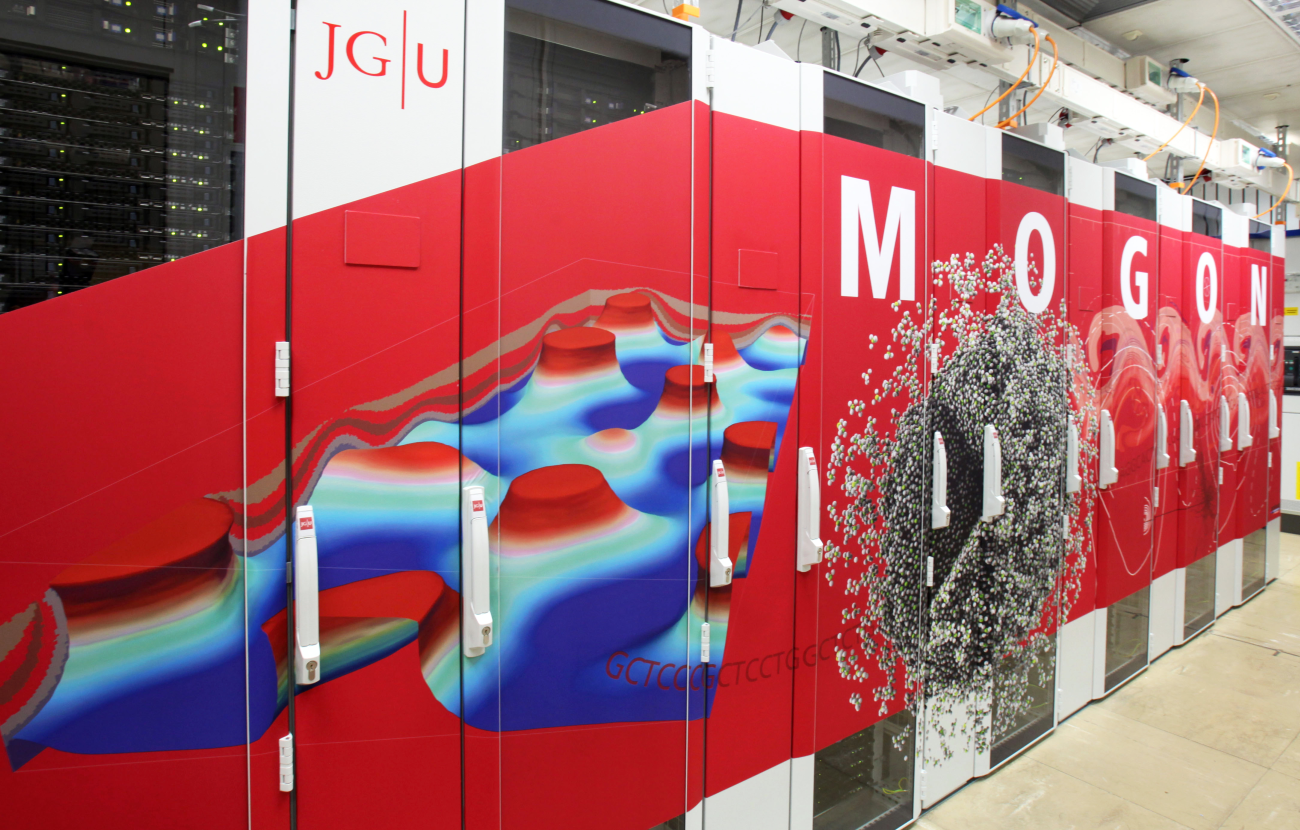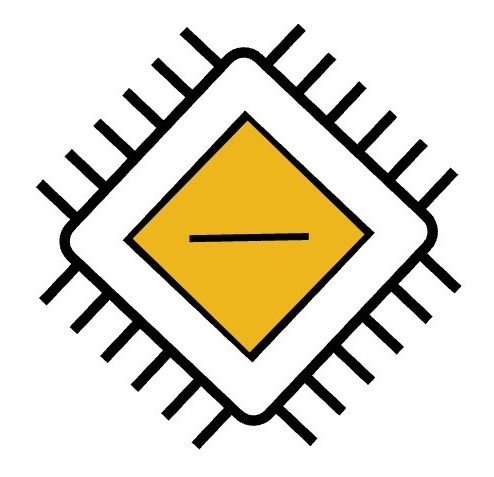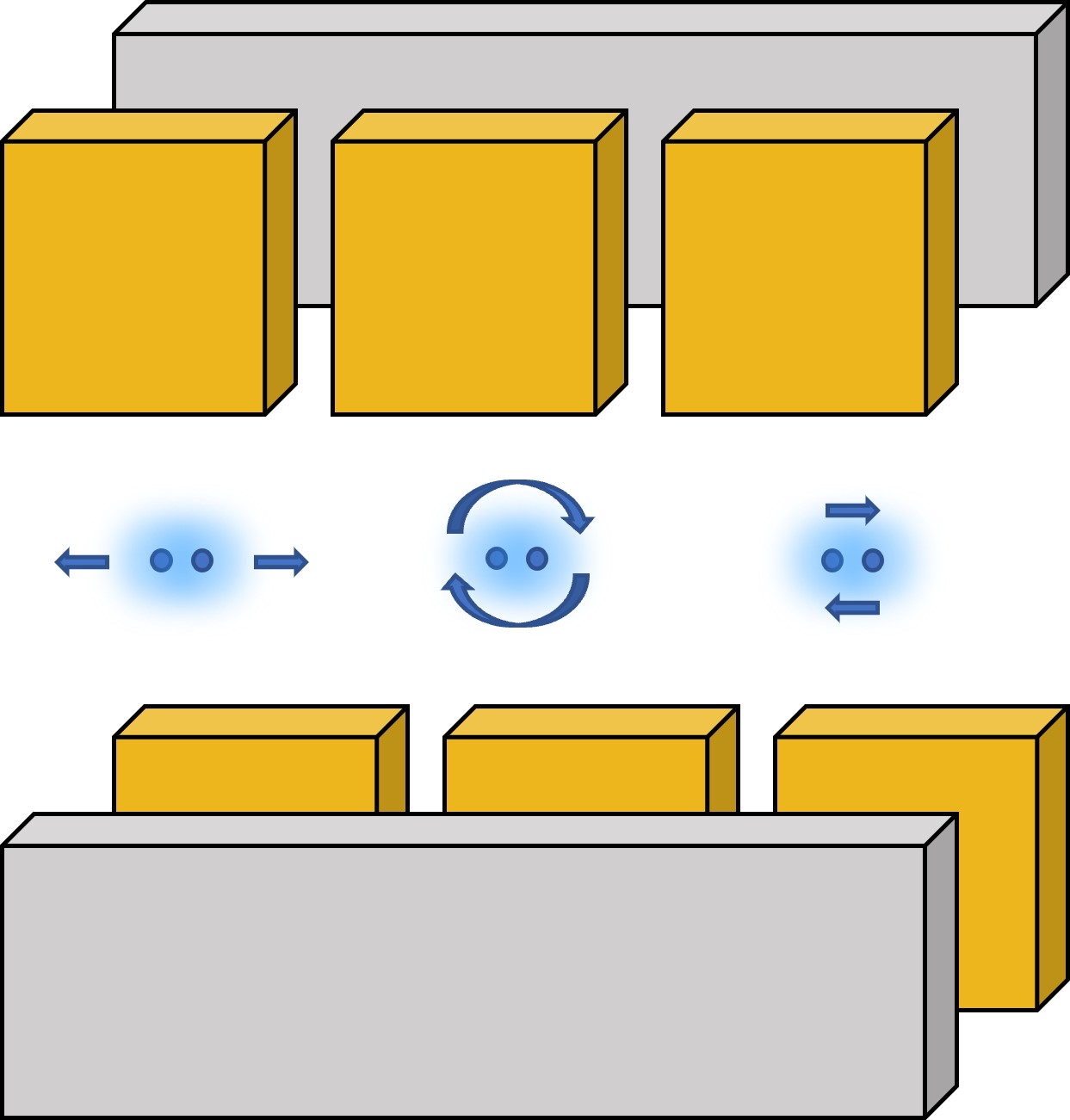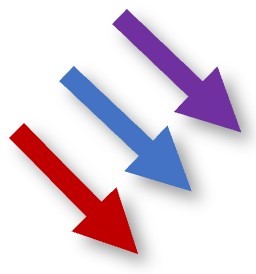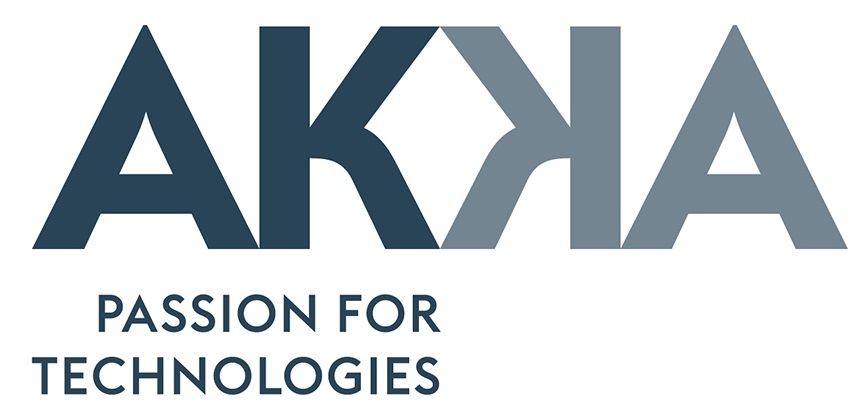Motivation
Scalable quantum computing will open completely new possibilities for many industrial and academic research and development efforts, comparable to emergence of integrated circuits in the 20th century.

Cutting-edge technology
The shuttling-based trapped-ion quantum processing node offers a route to increased scalability, while retaining a high level of control. Small subsets of qubits are kept within a microstructured trap array. Dynamic qubit register reconfiguration operations offer an effective all-to-all connectivity. Optical addressing of individual ions in a small qubit register is used to perform laser-driven quantum gate operations at high fidelity.
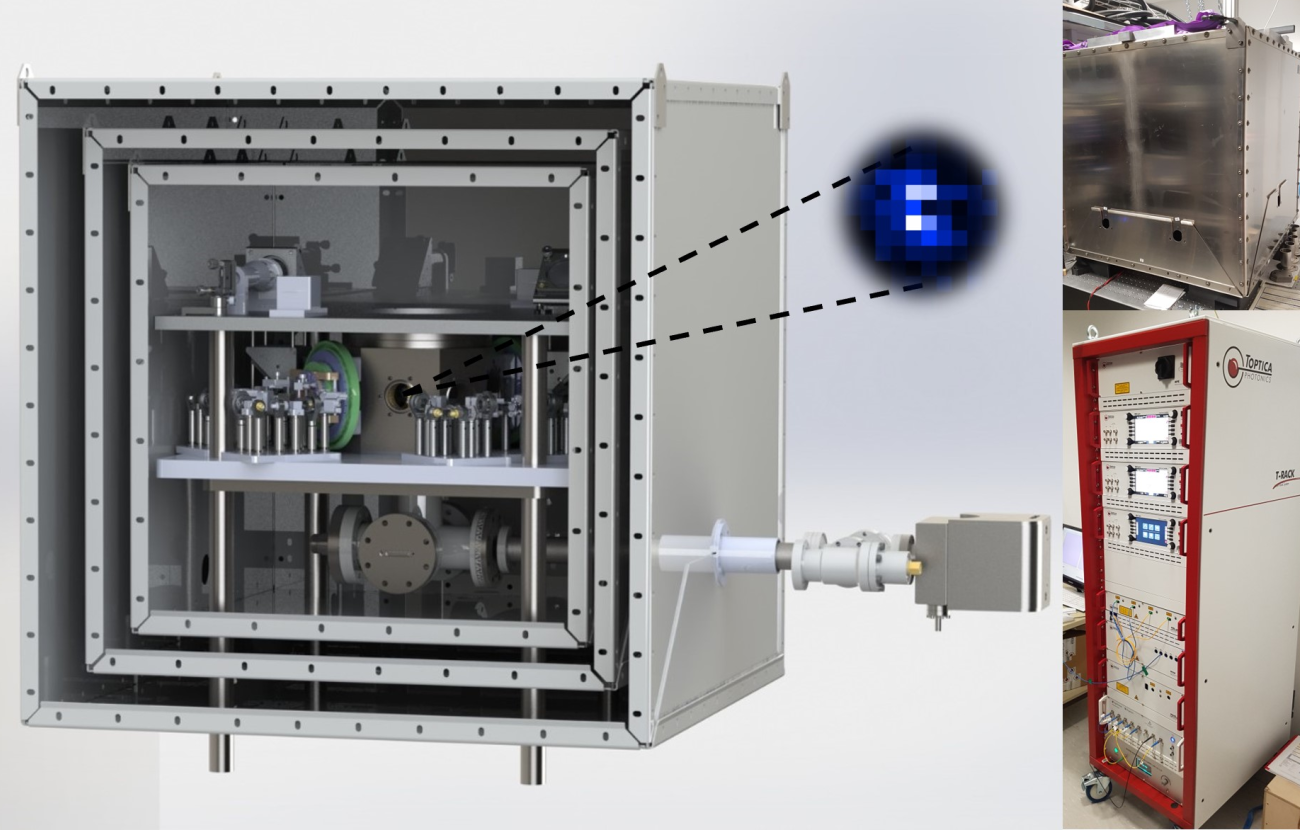
Hybrid approach
The combination of the high-performance computer Mogon II based at JGU Mainz and the trapped-ion quantum computer allows to realize computationally expensive hybrid algorithms. Example applications for such algorithms are catalyst research in chemistry and quantum machine learning.
